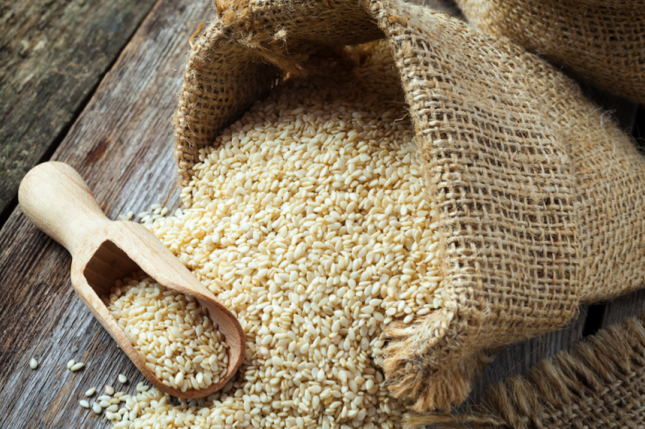Testing your Bowel Transit Time with the Sesame Seed Challenge.
Testing Your Bowel Transit Time with the Sesame Seed Challenge

Stool or ‘bowel transit time’ is the time it takes for your food to travel through your entire digestive tract (AKA in one end and out the other). Monitoring your bowel transit time is a great indicator of gut health. Today we have a test to know your transit time and what the results may indicate.
THE DIGESTIVE TRACT RECAP
Before we dive into the juicy details, let’s recap on the path of which food takes once it leaves “the outside world”…
As food enters the mouth, we (hopefully) chew our food well, before it is swallowed. Once swallowed, the food moves to the stomach, where over the course of anywhere between 40mins- a few hours, it is mixed with stomach acid and digestive enzymes. From there, it travels through the pyloric sphincter into the small intestine, where the extraction of nutrients begins. What’s left, then moves to the large intestine where bacteria break down proteins and starches that were not digested fully in the small intestine and water is extracted. The remaining waste gets eliminated through the colon in the form of a Number 2. The topic we already touched on in our most recent newsletter, the size, shape and colour of this toilet bowl ‘deposit’ can tell us a whole lot about how effectively this process is working; as can the time it takes for this process to be completed. Intrigued? Read on…
BOWEL TRANSIT TIME EXPLAINED
The ideal bowel transit time is anywhere from 12 to 24 hours.
A transit time longer than 2 days means things are backing up in your GIT and as such, this can increase your risk of hormonal imbalance, diverticulosis, colon cancer and candida (overgrowth of unfriendly bacteria), which in turn can weaken the immune system.
A transit time less than 10 hours can mean lack of nutrient absorption, which can lead to serious nutritional deficiencies and weakened immunity. Factors affecting transit time can include food allergies, small intestinal bacterial overgrowth, IBS, excess caffeine intake and more.
BUT HOW DO WE TEST OUR BOWEL TRANSITION TIME?
Sesame seeds (like corn) remain undigested as they pass through the GIT therefore we can use them to test GIT transit. If you’re willing to give this a go, all you have to do is follow these three simple steps…
THE SESAME SEED CHALLENGE
- Mix a teaspoon of sesame seeds into a glass of room temperature water
- Drink it up!
- Wait and watch!
TIPS FOR HEALTHY DIGESTION
If your transit time falls outside the recommended 12-24 hours to help ‘move things in the right direction’, here are a few suggestions to increase optimal digestive function and bowel transit time:
- Eat more fiber – A huge problem in today’s society. Add in lots of fruit, veggies, and legumes to your diet – a minimum of 6 cups per day (yes, you read that correctly, 6 Cups!).
- Increase your water intake – aim for 0.033 x body weight (kg) = L per day.
- Reduce consumption of white and refined grains, carbohydrates, pasta, and bread.
- Consume more cultured/fermented foods such as: pot-set yogurt, sauerkraut, and kefir.
- Increase your amount of daily exercise.
If none of the above helps when you retest a few times, I recommend seeking the help of a qualified health practitioner (if you need, ask us for some tips of good practitioners in Amsterdam).
Testing your Bowel Transit Time with the Sesame Seed Challenge. Read More »





